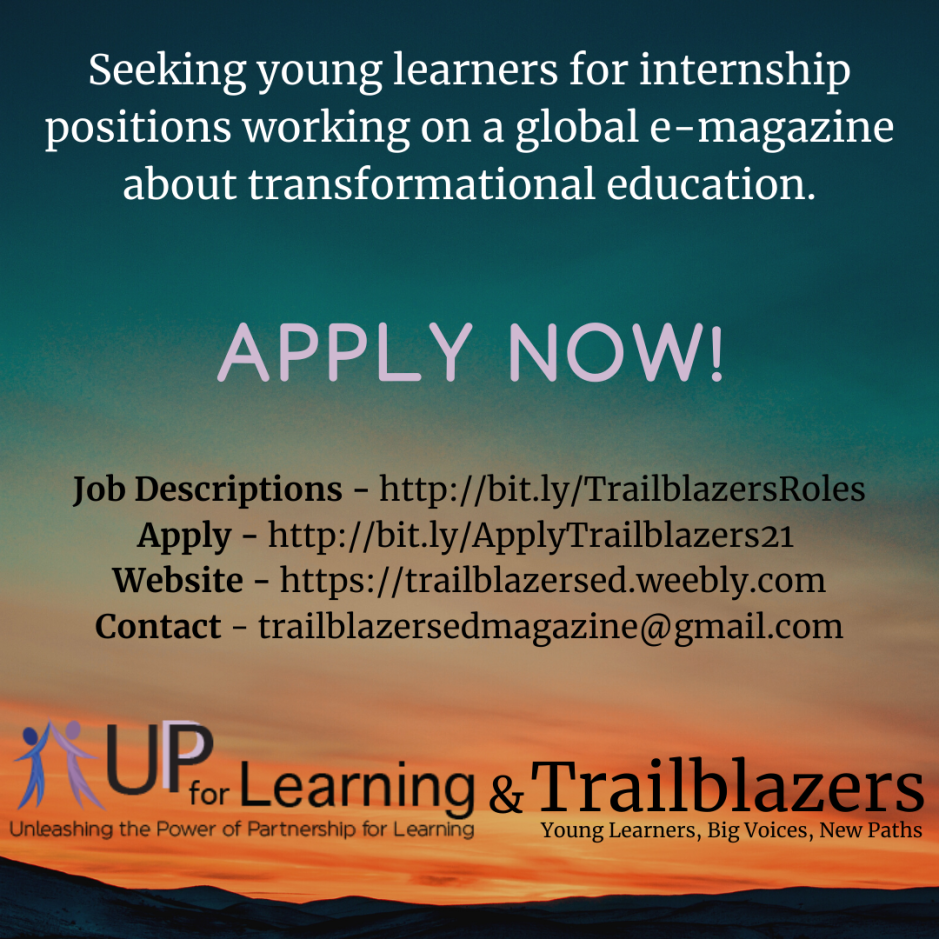I love going to conferences. It’s easy to feel bogged down in work or stuck on what to write / how to write, but then I go to a conference and it’s simply rejuvenating.
As I head into day 2, what’s really sticking with me from yesterday is the morning keynote. It might have not been as interactive or imaginative as say the workshop on designing the future of education while role playing as a civilization on Mars in 2096, but the message really resonated with me because the speaker wasn’t originally in the education space at all, she started as a soccer coach.
Luma Mufleh is the founder of Fugees Family, a non profit advancing educational justice for refugee and immigrant youth. Her journey in this space started when she joined a group of refugee kids playing soccer in the community. After a few weeks playing with the kids she helped them start an official team. Then that team continued to grow and as she learned about their stories and challenges in an education system that was failing them, she decided to open up a school.
This is just a summarized snippet of Luma’s story, but my take away was how she talked about her journey from coach to educator. She talked about how people didn’t always trust or respect her because she didn’t have a teaching background. Yet as a coach she had an incredible understanding of the importance of teamwork, belonging, overcoming challenges, and pushing past limits.
I’ve been coaching gymnastics since I was 10 years old and still am now almost 15 years later. Yet when I talk about my experience in the education space, my work as a gymnastics coach usually only comes up as an after thought or a fun fact. Hearing Luma talk about her work as a coach was a reminder to me that my experience as a coach is so much more than just a fun fact.
I practice curriculum building when I create my warm ups and assignment charts and personalize them to meet the different needs of each athlete. I am a mentor and guidance councilor when I notice a kid is having an off day and take them aside to discover they’ve been getting bullied at school and don’t have anyone to talk to about it. I assess and give feedback daily when seeing gymnasts perform routines at practice and prepare them for their competitions. I practice learner-centered pedagogy when I organize moments for gymnasts to practice goal setting and opportunities for providing input on things like their summer training schedule and brainstorming floor music. I even help kids with their basic reading and math skills when we have kids who haven’t learned to read that are trying to sound out the words on the assignment board for the day or kids who haven’t learned about decimals trying to add up their all around score at a competition.
Coaches might not be traditional teachers, but they are educators. And coaches have more autonomy than the average teacher, so they have been able to prototype and pilot ideas for creating competency based, personalized, open walled learning for decades; this could be a game changing added value perspective to any team working to transform education.
I’m excited for a world where we think more in the mindset of ecosystems of learning and coaches can be brought into the educator space as equally valued partners in the process of developing youth.





















